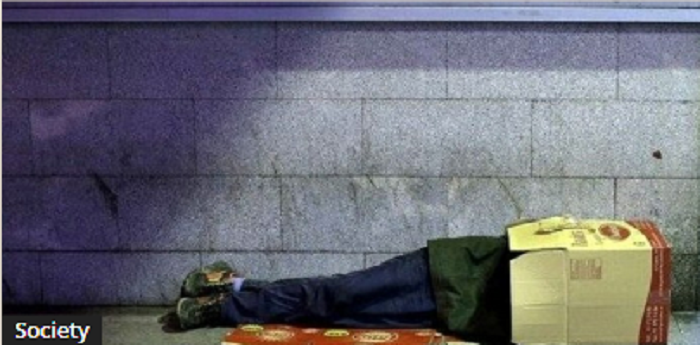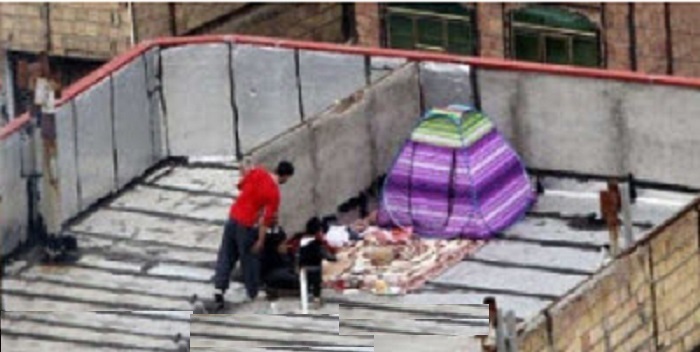
Tehran, the capital of Iran, has been recognized as the most challenging city globally for individuals to purchase a house.
New statistics indicate that an average house in Tehran costs the equivalent of 158 years of income for those in lower-income occupations, creating a dire predicament for workers and retirees. In stark contrast, Muscat, Oman, boasts a much lesser rate, with housing costs amounting to less than five years of income for the same demographic. Other notable capital cities, such as Islamabad, Seoul, and Lisbon, also rank significantly lower than Tehran.
Amid escalating living costs and skyrocketing prices of basic goods, the housing crisis in Tehran has left workers grappling with extreme hardship. A striking 50% of Tehran’s population, exceeding 42 million people, comprises of workers who are either homeless or living as tenants.

The unfulfilled promise of regime president Ebrahim Raisi to construct one million housing units annually exacerbates the struggle.
The rise in rental costs compounds the housing crisis. The current rates for rentals in Tehran sit at 70 to 80 million rials per month, along with an upfront mortgage payment of 5 billion rials. Meanwhile, the worker’s protests against the current state of housing are met with indifference by the officials living in luxurious palaces.
A survey of housing advertisement websites like Divar reveals a startling 100% increase in house rent within a year. Moreover, the obligation to increase house rents by 25% in metropolitan cities, such as Tehran, seems to lack proper enforcement and executive guarantees.
The housing crisis extends beyond the confines of Tehran, impacting cities like Rasht. It is increasingly challenging for workers, who use 60 to 70 percent of their wages, to find affordable apartments. This situation is worsened by the regime’s relinquishing control of the housing sector to brokers and traders associated with the Revolutionary Guards (IRGC).

Interestingly, the regime’s Statistics Center does not include “real housing costs” in the calculation of the inflation rate or the livelihood basket for working families. This exclusion overlooks the fact that housing makes up more than 50% of workers’ expenditures.
The proposed increase of the mortgage amount to 5.5 billion rials presents another obstacle for workers who typically earn 90 million rials per month. Despite these challenges, the regime’s Minister of Housing and Urban Development has failed to clarify the high cash flow in the housing sector or propose a clear plan to alleviate the housing crisis.
The escalation in housing prices and the corresponding surge in rental costs have rendered the dream of securing a home in Tehran increasingly unattainable for workers. It is clear that urgent interventions are needed to provide affordable housing solutions and to prevent the current situation from spiraling out of control
.
MEK Iran (follow us on Twitter and Facebook), Maryam Rajavi’s on her site, Twitter & Facebook, NCRI (Twitter & Facebook), and People’s Mojahedin Organization of Iran – MEK IRAN – YouTu

